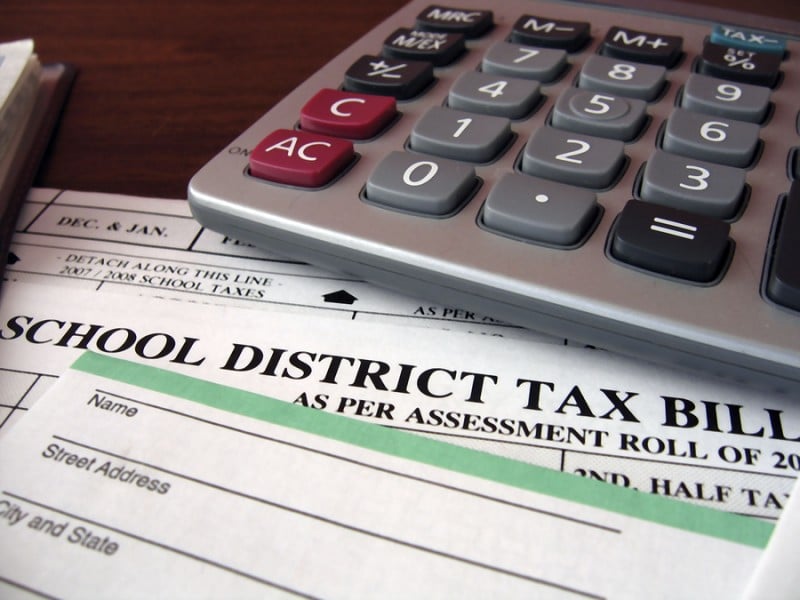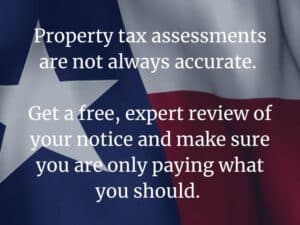When real estate investors evaluate a property, they often focus on location, rental income, and appreciation potential. But there’s another critical piece of the puzzle that’s easy to overlook: the Independent School District (ISD) tax rate. In Texas, school district taxes make up a large portion of your total property tax bill and they can significantly affect your investment’s profitability.
Understanding how ISD tax rates work and how they vary from district to district can help you make smarter investment decisions, avoid unexpected costs, and even strengthen your property tax protest strategy.
What Are ISD Taxes?
ISD taxes are levied by local school districts to fund public education in a given area. Even if you don’t have children attending those schools, as a property owner, you’re still required to contribute. ISD tax rates vary widely based on district budgets, local voting outcomes, and school funding needs.
In many parts of Texas, the ISD portion is the largest component of your total property tax rate often more than half of your entire bill.
Why School District Taxes Matter to Investors
1. They Affect Your Bottom Line
ISD tax rates directly influence your operating expenses. Higher tax rates mean less net income. If you’re running a rental property, even a slight increase in the tax rate can reduce your cash flow or force you to raise rents which may not always be feasible in your market.
2. They Impact Your Resale Value
When you go to sell, prospective buyers will assess the property’s total tax burden, including school taxes. If the ISD tax rate is significantly higher than nearby districts, it could make your property less attractive especially to other investors or buyers with affordability in mind.
3. They Vary by Location Even Within the Same City
One of the most confusing aspects for investors new to Texas is how two properties in the same city can have vastly different tax rates based on school district lines. A property in a “desirable” ISD may be subject to higher rates, while a similar property just across the boundary could have a much lower tax burden.
This makes school district tax awareness critical during your acquisition process. It’s not just about zip codes it’s about which ISD your property falls under.
4. They Can Shift Due to Bonds and Elections
School districts often put tax bond measures on the ballot to raise money for new buildings or improvements. If voters approve them, your tax rate may increase. Staying informed about local elections and school finance issues helps you anticipate future tax shifts that may impact your investment.
How to Analyze ISD Taxes Before You Buy
Before closing on a property, check:
- The current ISD tax rate (available on the county appraisal district’s website or tax estimator tools)
- Historical rate trends – has it increased significantly over the last few years?
- Whether any bond elections or rate increases are being proposed
- How that rate compares to neighboring districts
If you’re working with a real estate agent or property tax consultant like TexasPVP, we can help you dig into this data so you’re not caught off guard.
ISD Rates and Property Tax Protests
Understanding the ISD portion of your tax bill also helps when protesting your property valuation. While you can’t protest the tax rate itself, you can protest the value on which that rate is applied. The higher the ISD rate, the more valuable a reduction in your appraised value becomes.
At TexasPVP, we help investors evaluate how school district taxes factor into the overall property burden and build strong cases for value reductions especially in areas where high ISD rates make accurate valuations even more critical.
Final Thought: Don’t Underestimate the ISD
Whether you’re buying a rental property or managing a real estate portfolio in Texas, ignoring school district taxes can be an expensive mistake. They’re not just a line item they shape your returns, your long-term equity, and your tax protest strategy.
With the right awareness and expert guidance, you can turn school tax insights into a competitive advantage.






